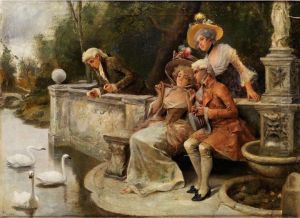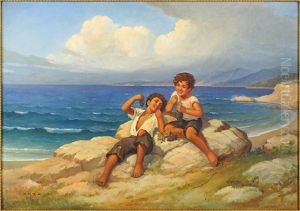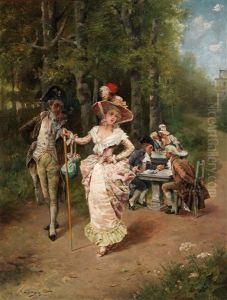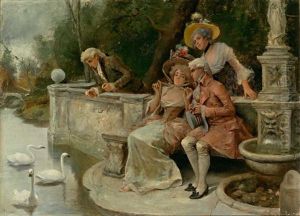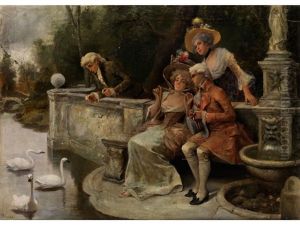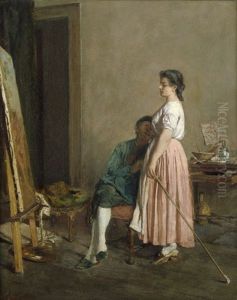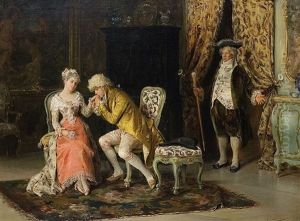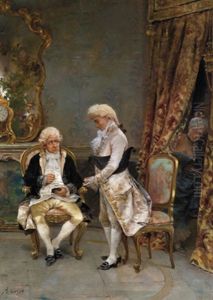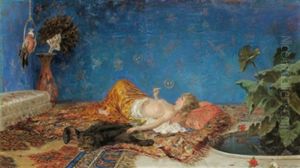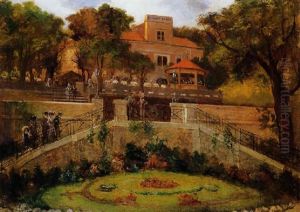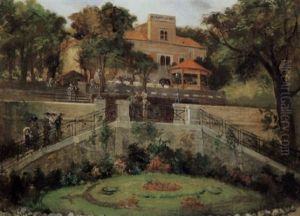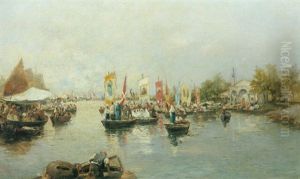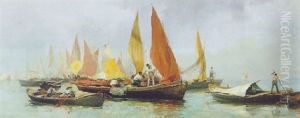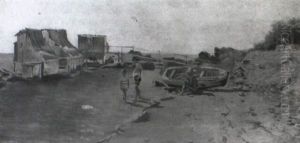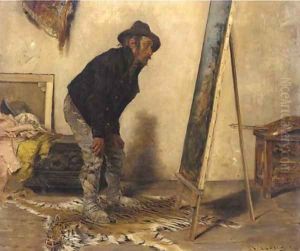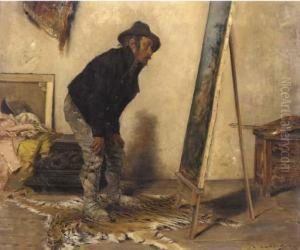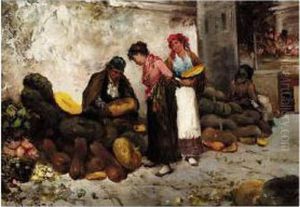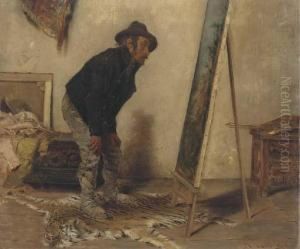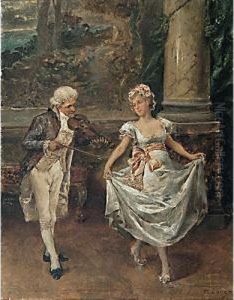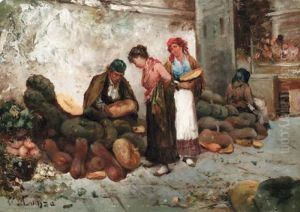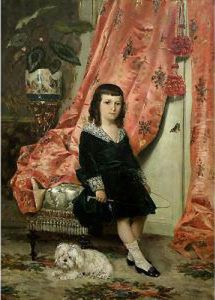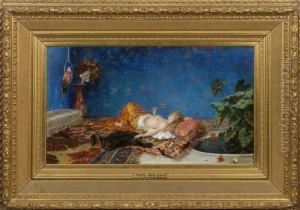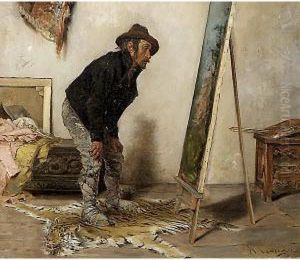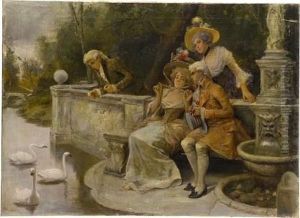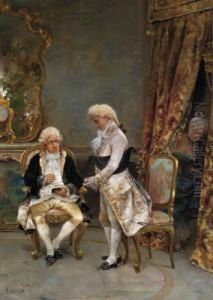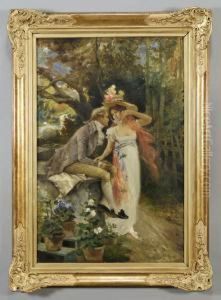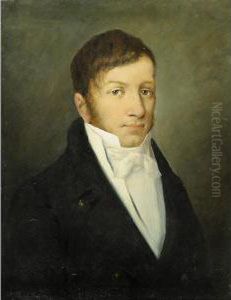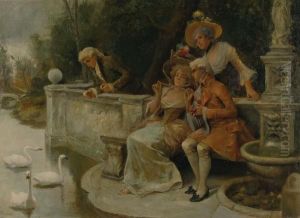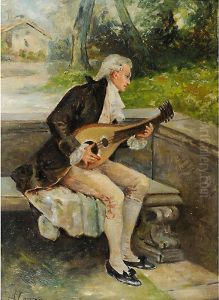Antonio Lonza Paintings
Antonio Lonza was a 19th-century Croatian architect, remembered primarily for his work that significantly shaped the urban development of the city of Dubrovnik. Born in 1846 in the Austro-Hungarian Monarchy, Lonza grew up in an era of significant political and cultural changes which influenced his work.
Lonza studied architecture at the Academy of Fine Arts in Vienna, which was one of the most prestigious institutions of its kind during that time. The education he received was infused with the principles of historicism, a style that sought to revive historical architectural styles, and which was particularly popular in the Austro-Hungarian Empire. After completing his studies, Lonza returned to Dubrovnik, where he embarked on a career that would leave a lasting mark on the city.
His architectural contributions to Dubrovnik include a range of public and private projects. He designed residential buildings, public infrastructures such as schools and hospitals, and was also involved in the restoration of historic structures. One of his key works was the design of the Grand Hotel Imperial, an important example of resort architecture in the region, which combined elements of neo-Renaissance and neo-Baroque styles.
Lonza's work was characterized by a harmonious blend of traditional local architectural elements with the broader European styles of his time. This approach helped to maintain the historic character of Dubrovnik while also allowing for modernization and development.
Despite his significant contributions to the architecture of Dubrovnik, detailed biographical information about Antonio Lonza is relatively scarce, and his work is often overshadowed by other contemporaneous architects. Nevertheless, he remains an important figure in the history of Croatian architecture for his role in shaping one of the country's most iconic cities.
Antonio Lonza died in 1918, leaving behind a legacy that can still be appreciated in the streets and skyline of Dubrovnik. His work is a testament to the architectural and urban planning trends of his era and continues to be studied by those interested in the architectural history of the Adriatic region.


